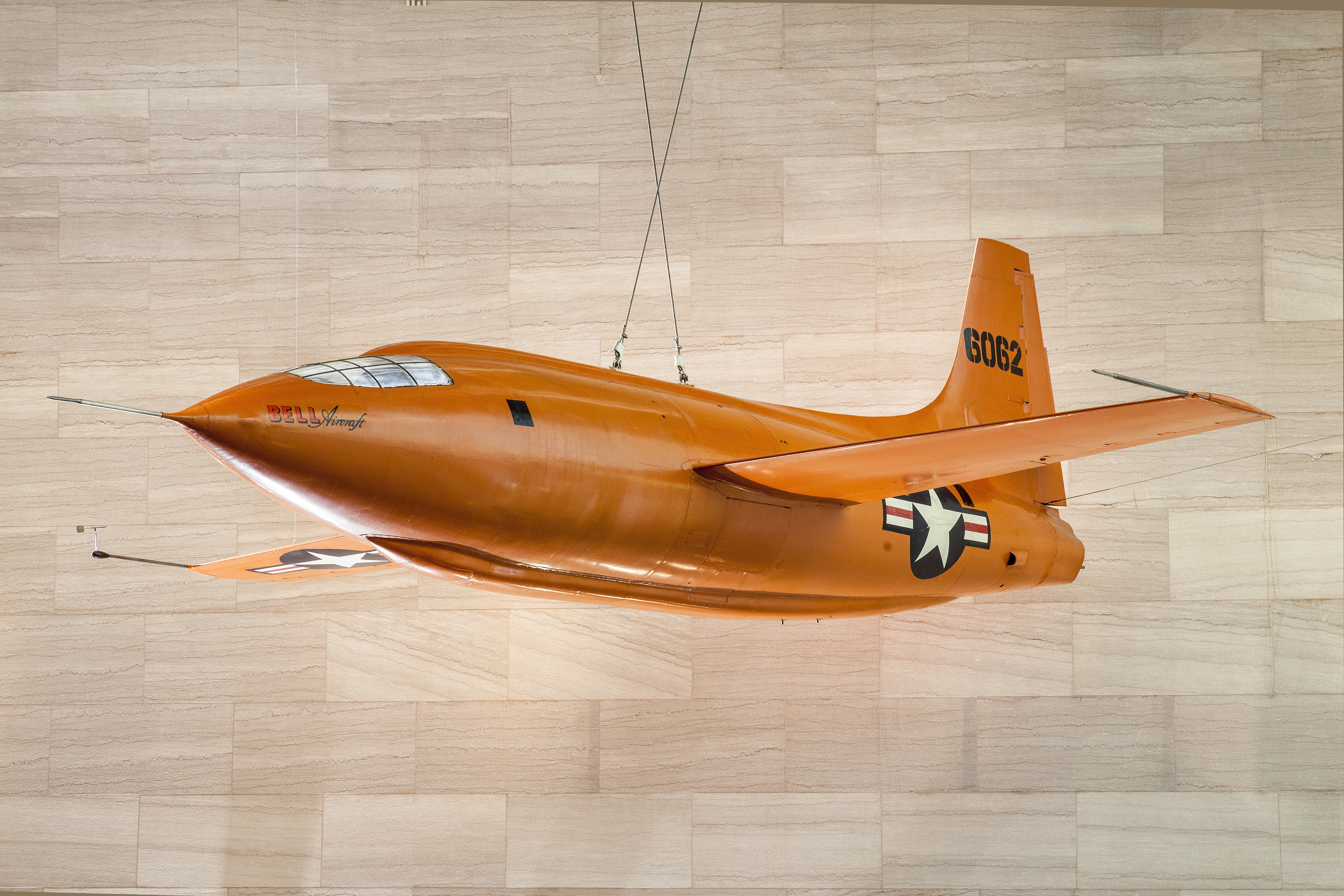Almost two decades ago, the Concorde landed for the last time and ended supersonic commercial flight. Perhaps the greatest barrier that kept the Concorde from spearheading the next generation of airliners was the sonic boom created when a plane breaks the sound barrier – it turns out residential areas aren’t happy with thunderous booms that can shatter glass happening over their head. If supersonic flight is to become viable once more, the sonic boom needs to be solved.
Enter NASA’s X-59 experimental aircraft, and the plan to break the sound barrier in a completely new way: with a “sonic thump”.
Designed in such a way that it relegates the noisy sonic boom to a quieter sonic “thump”, the X-59 has reignited dreams of traversing the globe in mere hours, and an upcoming test could see the X-59 make history.
As soon as 2023, NASA will take delivery of the aircraft from Lockheed Martin and the following year will see the next phase in Mission Quesst, in which X-59 will travel over residential areas and go supersonic. Residents will then be quizzed for the impact the aircraft has, including how loud and disruptive the “thump” was. Should the test validate the X-59’s quiet and speedy credentials, NASA will make a case to regulators to reconsider the ban on aircraft going supersonic over land.
This is where the X-59 will really enter the history books, as current laws require aircraft to only go supersonic above 9,145 meters (30,000 feet) or above water, and this is one of the main reasons why airliners always travel at a maximum of 575 miles per hour (926 kilometers per hour). Such a law is also extremely common across other countries.
The first plane to ever break the sound barrier and go supersonic on October 17, 1947, the Bell X-1. Image credit: National Air and Space Museum
Created when an aircraft passes through the sound barrier, a sonic boom is the result of compressed pressure waves at the front and rear of the aircraft merging into a singular shockwave as they can no longer get out of the way of each other before they reach the ground. Many people believe that a sonic boom only happens when the aircraft first passes into Mach 1 (above 767 miles per hour or 1,235 kilometers per hour, which is the speed of sound), but this is false – the shockwaves are heard by everyone the aircraft flies over.
The X-59 was an aircraft concept that computer models predicted would produce a much quieter sonic boom, which NASA calls a “sonic thump”. While still not ideal, the design significantly reduces the noise and potential damage created by a sonic boom, which both Lockheed Martin and NASA hope will allow the ban on overland supersonic commercial flights to be lifted.
“We’ve kind of been stuck with our airliners at about Mach .8 for the past almost 50 years, so being able to get there – wherever there is – much faster is still kind of an unfulfilled dream,” said Peter Coen, NASA’s mission integration manager for Quesst.
“With the X-59 flying on the Quesst mission, I think we’re ready to break the sound barrier once again.”
The aircraft passed crucial tests earlier this year, and is now gearing up for a flight debut in 2023. If all things go to plan, a commercial supersonic airliner could be within reach before 2030.
Source Link: NASA's X-59 Set To Break Sound Barrier In Brand New Way, With A “Sonic Thump”
